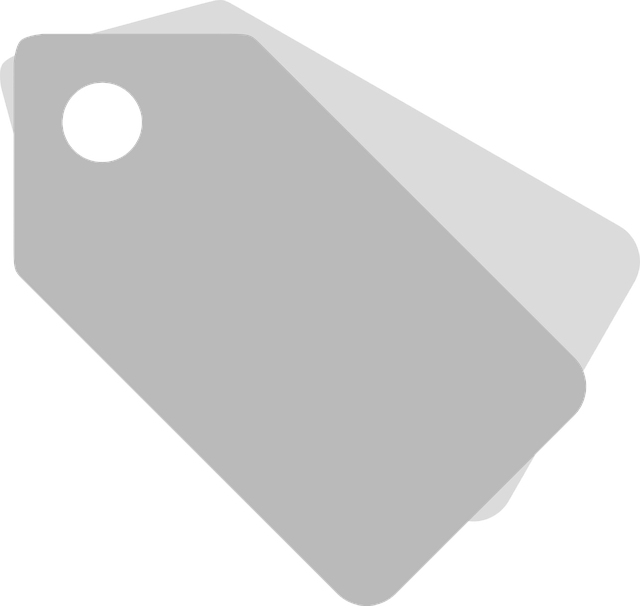In Edinburgh, skin tags (acrochordons) can be effectively and permanently removed using specialized non-invasive treatments, such as cryotherapy, cutting, cauterization, or laser procedures. These methods ensure minimal pain, quick recovery times, and prevent recurrent tags. Skilled professionals perform the procedure, beginning with local anaesthesia, excising the tag, and providing aftercare instructions for optimal healing. Proper post-surgery care includes keeping the treated area clean, monitoring for infection, and allowing adequate rest. Contrary to belief, many skin tags are harmless, but some may indicate health issues needing medical attention.
Skin tags, those harmless yet often unsightly growths on the skin, can be a source of embarrassment for many. If you’re considering surgical removal, especially in the sensitive areas offered by Edinburgh Tag Removal, understanding the process is key. This comprehensive guide explores the causes and appearance of skin tags, the benefits of choosing Edinburgh’s specialized services, a step-by-step surgical procedure overview, post-surgery care instructions, and addresses common concerns surrounding this effective solution.
- Understanding Skin Tags: Causes and Appearance
- Why Choose Edinburgh Tag Removal? Benefits and Advantages
- The Surgical Procedure: Step-by-Step Guide
- Post-Surgery Care and Recovery Time
- Common Questions and Misconceptions About Skin Tag Removal
Understanding Skin Tags: Causes and Appearance
Skin tags, also known as acrochordons, are small, soft, skin-colored growths that typically appear on the neck, armpits, and groin area. They can vary in size, ranging from a few millimeters to around 1 centimeter. These tags are usually harmless and often inherit their presence, with many individuals developing them due to genetic factors. Over time, they may become more prominent as friction against clothing or skin folds causes them to grow.
In Edinburgh Tag Removal procedures, healthcare professionals employ various methods to eliminate these tags. Common techniques include freezing (cryotherapy), cutting, burning (cauterization), or using laser treatments. The chosen method depends on the size and location of the tag, with smaller tags often being treated with less invasive procedures like cryotherapy.
Why Choose Edinburgh Tag Removal? Benefits and Advantages
Edinburgh Tag Removal offers a range of benefits that set it apart from other skin tag removal options. Firstly, it is a non-invasive procedure performed by experienced professionals who prioritize patient safety and comfort. This ensures minimal pain and discomfort during and after the treatment, making it an attractive choice for those seeking swift and effective relief from skin tags.
Secondly, Edinburgh Tag Removal focuses on long-lasting results. By utilizing advanced techniques and high-quality products, this method effectively removes skin tags at their root, preventing them from reappearing in the same area. This longevity is particularly advantageous for individuals with a history of frequent skin tag development, offering them a more permanent solution compared to other quick fixes.
The Surgical Procedure: Step-by-Step Guide
The surgical removal of skin tags, often sought after for cosmetic reasons or to alleviate discomfort, is a relatively straightforward procedure, especially when performed by a skilled professional like those at Edinburgh Tag Removal services. Here’s a step-by-step guide that provides a glimpse into the process. First, local anaesthesia is administered to numb the area around the skin tag, ensuring the patient feels minimal discomfort during the removal process. This is crucial for both patient comfort and precision in the following steps.
Once the area is adequately numbed, a small incision is made around the base of the skin tag using sterilised surgical instruments. The goal is to cut through the skin tag while preserving surrounding healthy skin. After carefully excising the tag, the wound is cleaned, and sometimes, a light bandage or stitch might be applied to promote healing. The entire procedure typically takes just a few minutes, and patients can usually return home soon after, with instructions for proper care to ensure optimal recovery.
Post-Surgery Care and Recovery Time
After surgical removal, proper post-surgery care is crucial for a smooth recovery. Patients in Edinburgh undergoing tag removal should expect some mild discomfort and swelling, which typically subside within a few days. It’s important to keep the treated area clean and dry, following the surgeon’s instructions for wound care. This may involve gently cleaning with salt water and avoiding strenuous activities or heavy lifting until healing is complete.
The recovery time varies depending on the number of skin tags removed and their size. Minor procedures might only require a few days of rest, while more extensive surgeries may take up to two weeks. During this period, patients should monitor for signs of infection, such as increased redness, warmth, or discharge, and contact their surgeon if any concerns arise. Most individuals can resume normal activities once the wounds have healed, leaving behind smooth, tag-free skin.
Common Questions and Misconceptions About Skin Tag Removal
Many people approach skin tag removal in Edinburgh with a mix of curiosity and apprehension. It’s natural to have questions about the procedure, especially since media portrayal can sometimes be misleading. One common misconception is that skin tags are always harmless and require removal only for cosmetic reasons. While it’s true that most skin tags are benign, some may indicate underlying health conditions, making their removal necessary for medical reasons.
Another frequent query revolves around the pain involved in the procedure. Contrary to popular belief, Edinburgh tag removal can be a relatively painless experience. Depending on the size and number of tags, healthcare professionals employ various methods, including freezing or cutting, causing minimal discomfort. Modern techniques ensure quick procedures with rapid recovery times, addressing both medical and aesthetic concerns efficiently.
